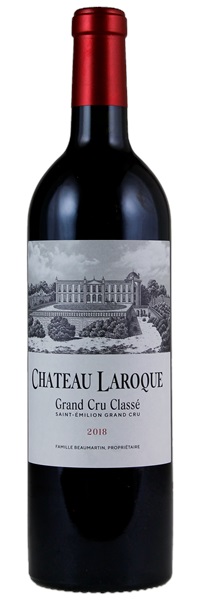Light label condition issue
Removed from a professional wine storage facility; Obtained by inheritance; Consignor is second owner
Removed from a professional wine storage facility; Obtained by inheritance; Consignor is second owner

Image above is an example. To view the image of the lot, click the item number.
Estimate
...comes from an incredibly strict selection of just 41% of the total production. Brought up in a mix of new and used barrels, it's more about finesse than power, offering a gorgeous perfume of ripe black cherries, mulberries, cassis, violets, spring flowers, and chalky minerality. Medium to full-bodied, pure, and incredibly elegant on the palate, it builds nicely with time in the glass, has ultra-fine tannins, flawlessly integrated tannins, acidity and fruit, and a great finish...
...bursts from the glass with flamboyant notes of stewed black plums, Black Forest cake and boysenberries, plus hints of candied violets, star anise and unsmoked cigars with a playful waft of sassafras. Medium to full-bodied, the palate is packed with juicy black fruits, supported by plush tannins and tons of freshness, finishing long and fragrant.
...Silky, polished and refined, the 2018 marks a major step forward for the château. Lavender, spice, blueberry, cedar and mint all grace a Saint-Émilion built more on finesse than power. The long, persistent finish, with its saline accents, adds to the wine's pedigree...
Aromas of ripe blackcurrants, spiced cherries, cloves, praline, tea leaves and crushed gravel. It’s medium-to full-bodied with firm, tightly knit tannins and fresh acidity. Fleshy, chewy layers lead to a long, mineral finish...
This has some frank ripeness with a mix of dark plum, loganberry and cherry paste flavors. They're integrated nicely though, with a sandalwood and dried anise spine for form through the refined finish.